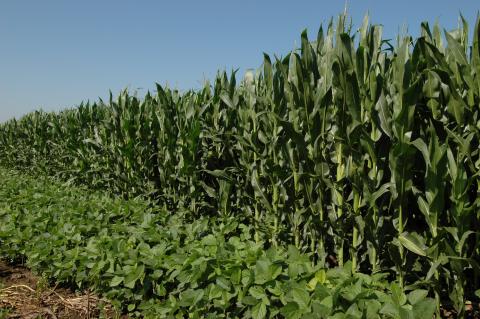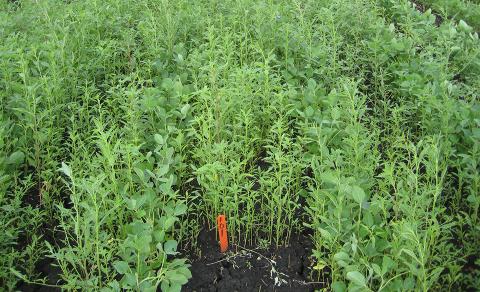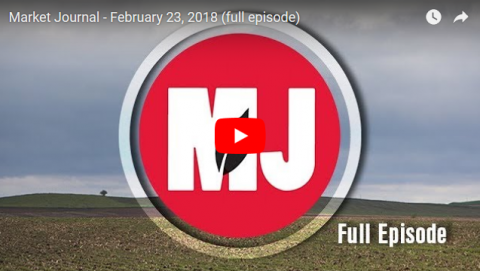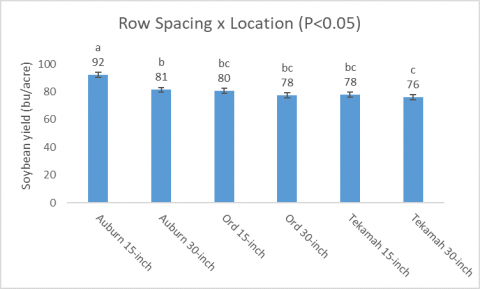Nebraska Prospective Corn Acreage Drops 3%; Soybeans Drop 2%
March 29, 2018
Nebraska prospective plantings for 2018 for corn, at 9.3 million acres, are down 3% from 2017. Nebraska soybean prospects, at 5.6 million acres, are down 2% from 2017. Find more prospective plantings at the state and national levels.
Pre-emergence Residual Herbicides are the Foundation of Soybean Weed Control
March 29, 2018
Even with new dicamba-resistant soybeans, pre-emergence, residual herbicides are needed to mitigate yield loss due to weed competition, provide a longer time for soybean to establish, and reduce selection pressure for weeds resistant to post-emergence herbicides.
Nebraska 2017 Crop Value Forecast at $9.52 Billion
February 27, 2018
The value of Nebraska's 2017 crops is estimated at $9.52 billion, of which $5.5 billion was from corn, $2.95 billion was from soybean, and $185.3 million was from winter wheat.
USDA NASS County-Level Production Data for 2017 Released
February 23, 2018
Which 5 counties were the top corn and soybean producers for 2017? This week USDA NASS released county-level data for several crops.
Market Journal Looks at Factors of the Current Soybean Rally
February 23, 2018
This week's Market Journal looks at the soybean rally, selling strategies for 2018 corn and soybeans, sensor-based fertigation, research on applying nitrogen in soybeans, and the weather for the next week.
Results from 2017 Soybean Study and Insights for 2018 Planting
February 22, 2018
University researchers report results from studies conducted on herbicide tolerance trait, row spacing (15-inch vs. 30-inch), and soybean maturities (early vs. late) at three locations of the Soybean Management Field Days in summer 2017.
Growers Share about Their On-Farm Research
February 21, 2018
Three growers — Don Batie of Lexington, Ken Herz of Lawrence, and Derek Dam of Hooper — share what they learned from conducting on-farm research in 2017. Hear from other growers and learn how you can participate at Nebraska On-Farm Research Network Updates this week in Grant and Alliance.
Frogeye Leaf Spot Resistance Increasing in Soybean
February 21, 2018
While not close to Nebraska yet, fungicide-resistant frogeye leaf spot has been confirmed in eastern Iowa. Ward off problems here by implementing integrated management practices.






